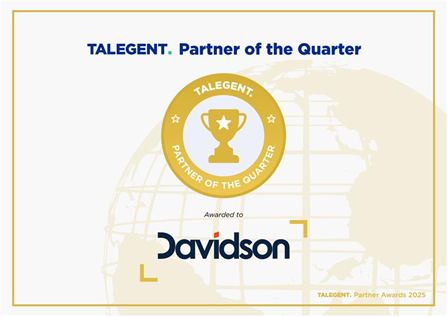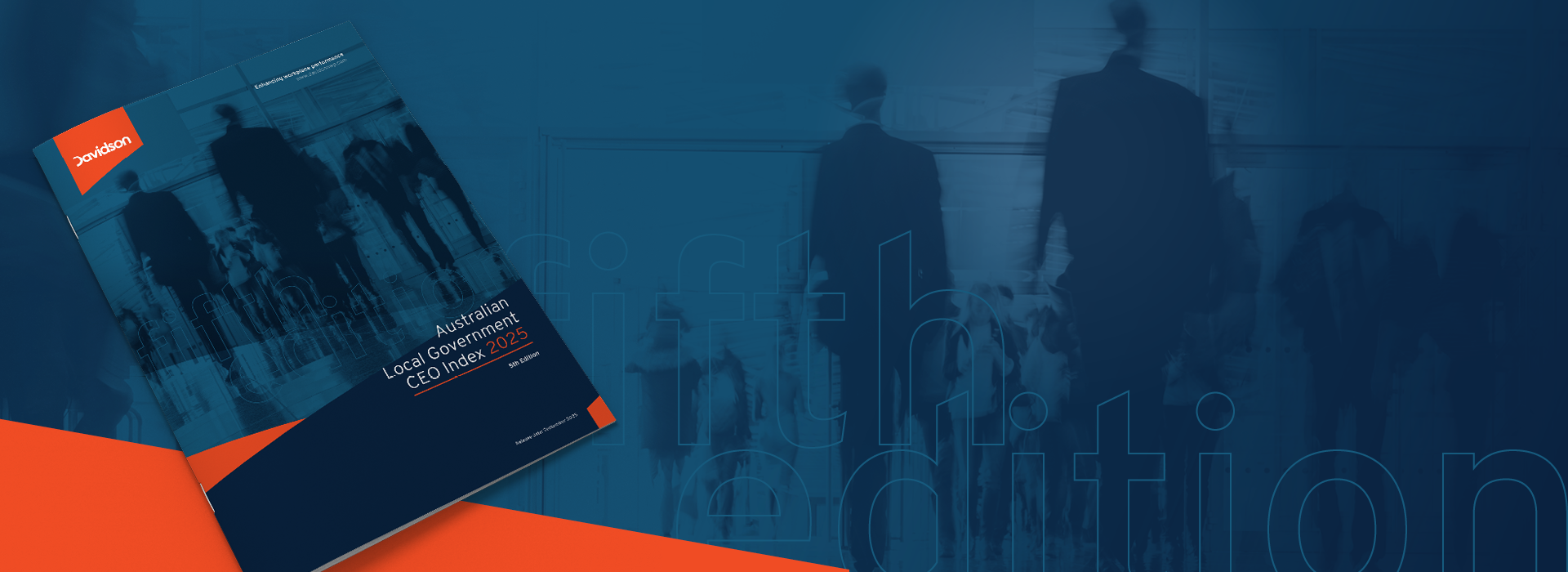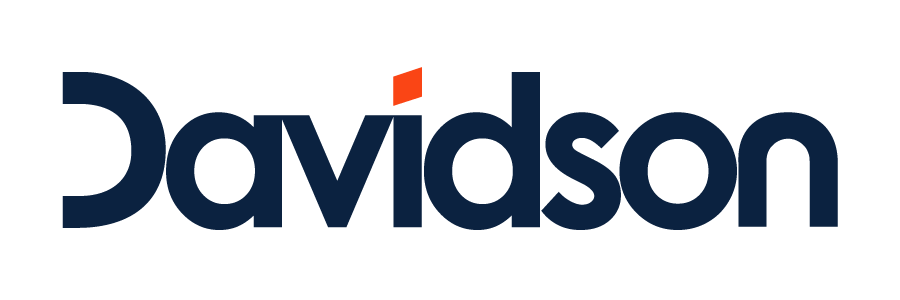The future of leadership and how it relates to the public sector
It is no secret that Australian workplaces are facing significant challenges. There is the ageing population, advances in technology and the fact that people want or need more flexibility in the workplace.
As a recruitment consultant, I get a look into the world of work from both the employee and the employer’s perspective and there are three key areas that often arise in our discussions and they are; the rise of a contingent workforce, the aging population and the effect of technology on organisations.
All of these factors require a change in the approach to leadership.
Engaging with your contingent workforce
A contingent workforce is one that does not get paid entitlements such as annual leave, sick leave and public holidays.
It includes temporary staff and skilled contractors. It can also include consulting arrangements where the engagement is based on a deliverable, rather than labour.
Approximately 24 per cent of Australia’s working population are engaged on a contingent basis, according to the Australia Bureau of Statistics and the contingent workforce has increased over the years in the Government sector.
Most managers we meet have at least 10 per cent of staff who are contingent workers. Some even having up to 50 per cent of their team who are not permanent full-time employees.
There are many benefits of having a contingent workforce.
- You can fill a gap when someone is on long term leave or on a secondment;
- Some roles are seasonal or project based so you may utilise contingent workers for a set period of time. For example accountants at the financial year end;
- The cost of the administration of contingent workforce is not the responsibility of the organisation. For example tax, super, payroll tax, insurance etc; and
- Organisations can have access to talent who they do not have in-house. For example specialist IT contractors, designers and web developers.
Managing a contingent workforce requires a targeted approach as traditional employee value propositions tend to be targeted towards permanent employees.
Through discussions with our clients and candidates who work within this space, here are a few ways you can effectively engage with your contingent employees:
- Include them : This seems simple, but don’t differentiate between your permanent staff when it comes to meetings, training, staff satisfaction surveys, corporate events. Show that you value their contribution to the organisation equally to your core staff.
- Induct them : This will help them feel like part of the organisation and help them quickly access the processes, resources and people they need.
- Set objectives : This will help you to determine what you need the contingent worker to achieve so they can monitor their own progress and then recognise their achievements.
Effectively managing a multi-generational workforce
According to the CEDA report , an increase in life expectancy and decreased fertility rates will see an increase in the proportion of the population aged over 65 over the next 50 years.
With a conservative predicted life expectancy of approximately 85 years for men and 88 years for women by the year 2061, a retirement age of 65 seems increasing unrealistic.
Although many are not happy about the thought of working until they are 70, many more are not excited by the idea of spending the last 20 years of their life in ‘retirement’ either.
This all means people are likely to stay in the workforce longer leading to a wider-range of ages being represented within an organisation.
The rise of these multi-generational teams bring new challenges to leadership. Managing a team of individuals with differing priorities, objectives and motivations has always been challenging, but there is now the added complexity of facilitating engagement between generations who seem to speak another language.
So what do we need from our leaders to make this work?
- Above all be flexible in your leadership approach;
- Create an environment that is accepting and respectful of these differences;
- Be open to different communication styles and learn to be an interpreter for other team members;
- Accommodate and celebrate employee differences; and
- Be aware of how different generations want you to engage with them.
Utilise technology more in managing your team
Many industries are feeling the impact of an increasingly distributed workforce. Most of us are aware on some level the world around us is changing at an exponential rate.
As technology progresses the way we work, when and where we work, and even what is work also changes. The ability for people to be connected from anywhere in the world is challenging the 9-5pm, office based standard.
Here are some tips on managing a team who are not physically together:
- Get to know your employees and build rapport with all of them, not just the ones you see every day;
- Use video to compliment phone and email communication. With over 50 per cent of communication being non-verbal, it’s really important to use video whenever possible to help you get a visual clue to what someone is thinking; and
- Have regular one-on-ones to keep communication open and constantly review what is and what is not working about the arrangement.
These are just three of the ways our world of work is changing, and the skills and competencies leaders require to succeed in this environment must also change.
Nick Petries’ paper on Future Trends in Leadership identifies the following attributes as crucial for our future leaders;
- adaptability
- self-awareness
- boundary spanning
- collaboration
- network thinking
The ability to operate in a volatile, uncertain, complex and ambiguous environment requires leaders to operate at a high level of cognitive development in order to come up with complex solutions.
Have you been involved in a leadership program recently and what was your experience? Do you think it helped prepare you for the challenges you face? We would love to hear your views on this and the future of leadership.
Anna Fett is a Consultant for Davidson Corporate
Share this content





